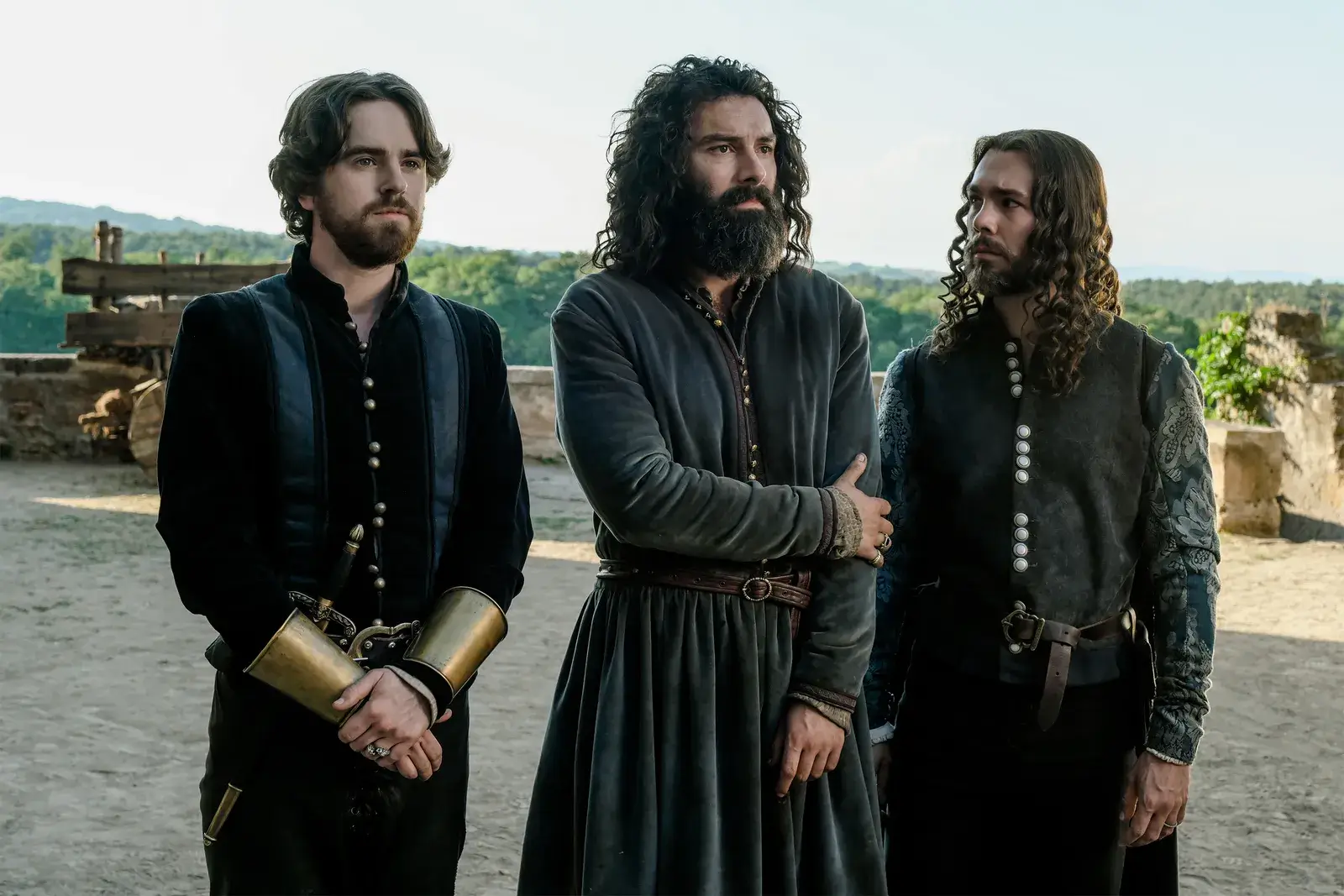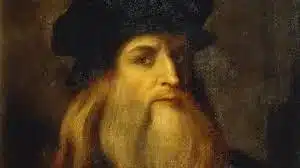Is Leonardo Based on a True Story? – Frank Spotnitz and Steve Thompson produced the The CW historical drama “Leonardo.” Italian production company Lux Vide created the series in partnership with France Télévisions, RTVE, Rai Fiction, Sony Pictures Entertainment, Frank Spotnitz’s Big Light Productions, and Freddie Highmore’s Alfresco Pictures.
The series tells the story of Leonardo da Vinci’s amazing life through the works that made him famous and the stories hidden inside them, gradually exposing the inner struggles of a man driven by the need for perfection. Leonardo’s second season was said to be returning in March 2021.
The most well-known artist of his day, Leonardo da Vinci, was charged with killing Caterina da Cremona in 1506. When Stefano Giraldi, an aspirational officer of the Duchy of Milan, questions Leonardo, the latter starts to recount his biography, beginning with their initial encounter at Andrea del Verrocchio’s workshop. Giraldi, captivated by the artist’s personality, starts to believe Leonardo might be innocent and launches an investigation to confirm this.
The program stars Aidan Turner, Freddie Highmore, Matilda De Angelis, and James D’Arcy, and takes viewers on a journey through Italy’s formative years. Viewers gain more excellent knowledge about living during the High Renaissance through Leonardo’s narrative. Many of our readers have probably heard of Leonardo da Vinci, who serves as the show’s main character. They must naturally be interested in determining whether the scenario presented in the series is based on his experiences or is only a made-up interpretation of the artist’s life. Well, we’re here to provide the same response!
Also Read: Is “Last Seen Alive” (2022) Based on a True Story or a Book?

Is “Leonardo” a True Story?
The “Leonardo” series is partially based on a true story. The show tries to convey Leonardo da Vinci’s life story, although it is only partially true due to the many variations between the storyline and the historical records. The story’s authors, Frank Spotnitz and Steve Thompson, apparently intended to retain historical accuracy from the beginning. But they encountered arguably the most significant issue a historian could encounter: a lack of information. The writers were initially frustrated by the gaps in Leonardo Da Vinci’s narrative. Still, they soon saw that what they initially perceived as a dead-end would present an opening for something more.
Experienced storytellers Frank and Steve realized they could use their imagination to fill in the annoying gaps that caused the plot to fall apart. They might never receive the answers they sought from the past, but they might tell a coherent story by offering the public their own version of the unknowable. The fact that so many people’s tales are not represented in history is another thing I believe we have begun to understand. Consider the persona of Caterina da Cremona. We are sure that she existed, that she posed for Leonardo, and that she was significant to him. Frank explained to MTV that history chooses not to provide us with any additional information about her.
And you realize this is a chance for you to use your imagination to save someone who conventional historians didn’t think was significant enough to write about, the author added. In a strange sense, fiction serves the truth in ways that you couldn’t if you were “true” to the documented history, even though there is a sizable degree of imagination in the story. Leonardo da Vinci, also known as Leonardo di ser Piero da Vinci, was a man of numerous talents and is renowned worldwide for his artistic abilities.
The Italian prodigy worked as a sculptor, architect, engineer, physicist, theorist, and painter and produced works of art like the well-known “Mona Lisa.” Andrea del Verrocchio taught Leonardo how to paint and make sculptures after he was born to unmarried parents in Vinci, Florence, Italy. The timing of Loonardos’s instruction under Verrocchio is just one of the show’s several historical errors. The mentoring occurred between the years 1468 and 1470, despite “Leonardo” claims’ that it happened about 1490.

The fact that Leonardo da Vinci was born on April 15, 1452, should also be highlighted. So, in 1506, when the show’s purported trial for the murder of Caterina da Cremona was set, he would have been older than fifty. The plot of Caterina da Cremona is heavily based on fiction; hence the events of the trial cannot be taken as fact. It is also clear that the age of Leonardo may not have been accurately represented in the series.
Even while “Leonardo” isn’t quite a textbook case of historical accuracy, it does offer a fascinating portrait of a creative genius who created works of art like “The Last Supper” and other world-renowned masterpieces. Leonardo’s works have long piqued the curiosity of academics who seek to uncover their hidden meanings in them. The Da Vinci Code, a 2003 book by Dan Brown, and its 2006 film version are both based on the works of the Florentine artist. To sum up, the show tells a compelling plot that is sure to keep viewers captivated despite its factual inaccuracy.











